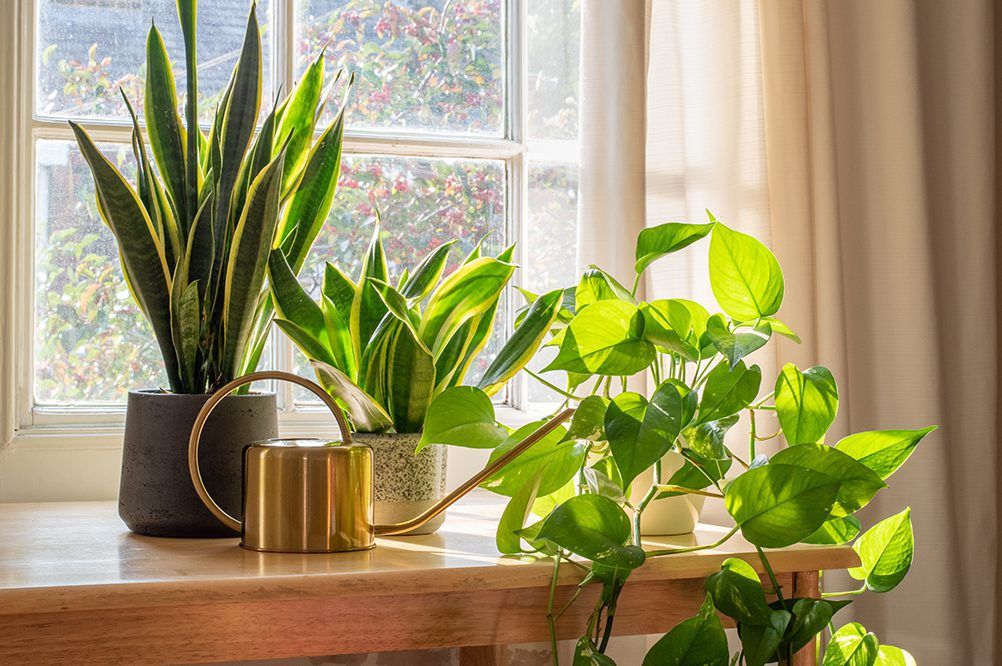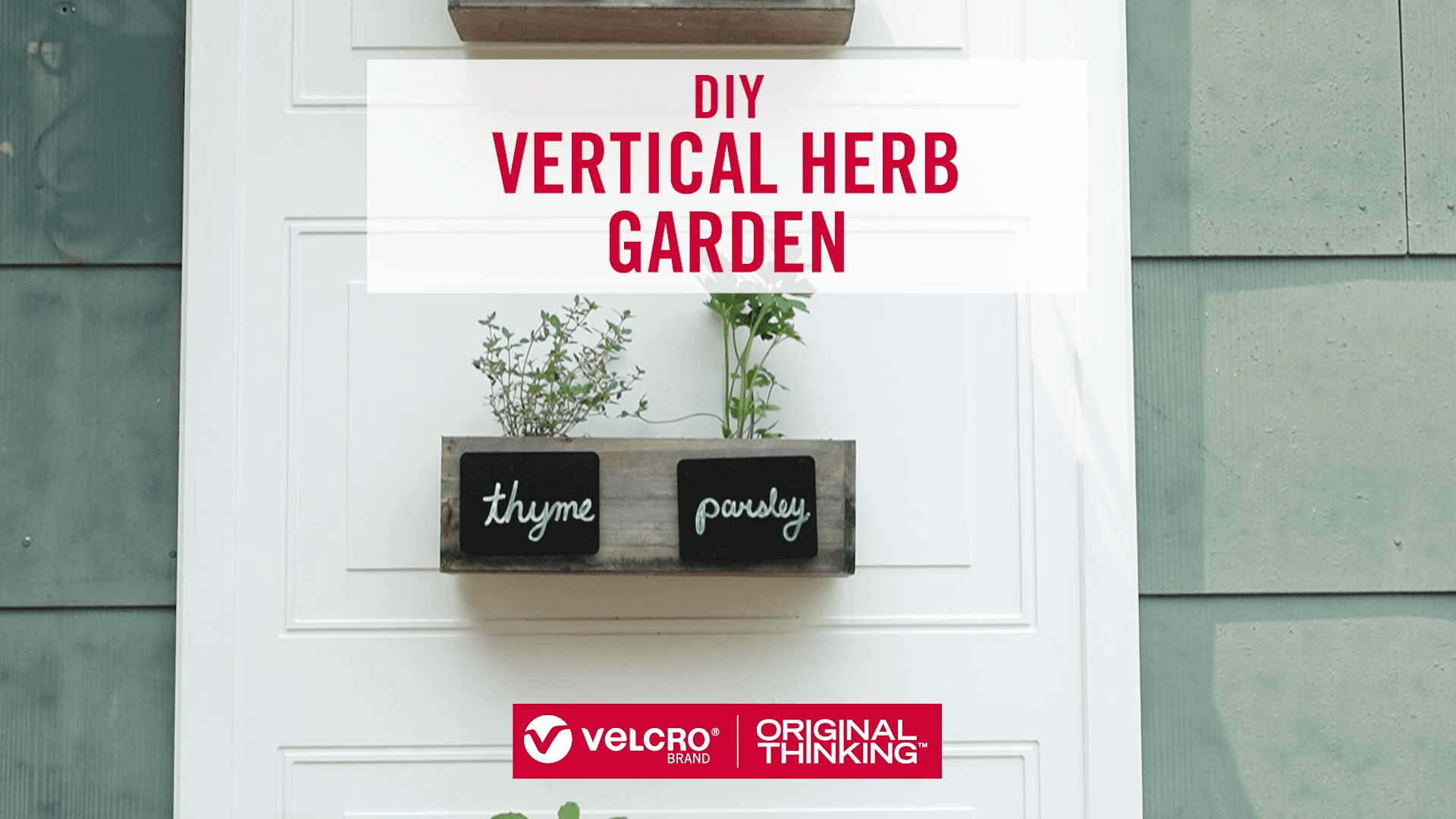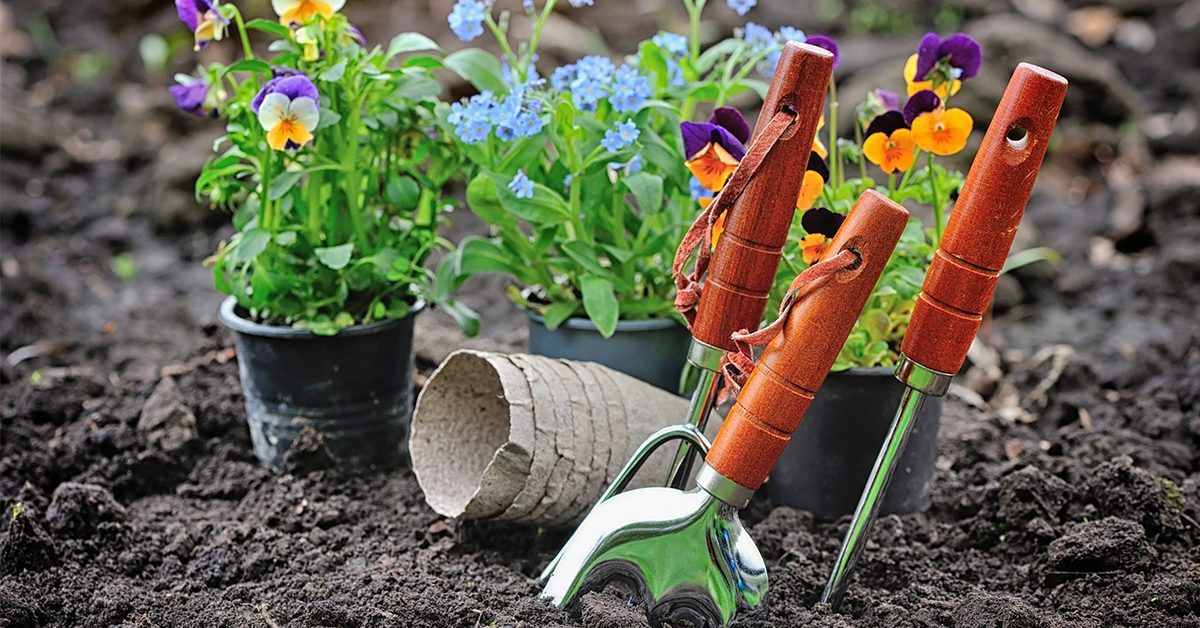Just because winter is here doesn’t mean you can’t flex your green thumb. Houseplants are just as important as your garden. Take care of your indoor plants with our complete guide to houseplants for beginners. We’ll be sharing the best tips and tricks, so what are you waiting for? Let’s dive in!
Watering – How to Water Houseplants?
When watering your houseplants, one size does not fit all. To determine whether your plants need a drink depends on temperature, humidity, light exposure, and even your soil. It’s always important to research your plant’s needs before you start. However, if the soil feels dry, that’s usually a good indicator.
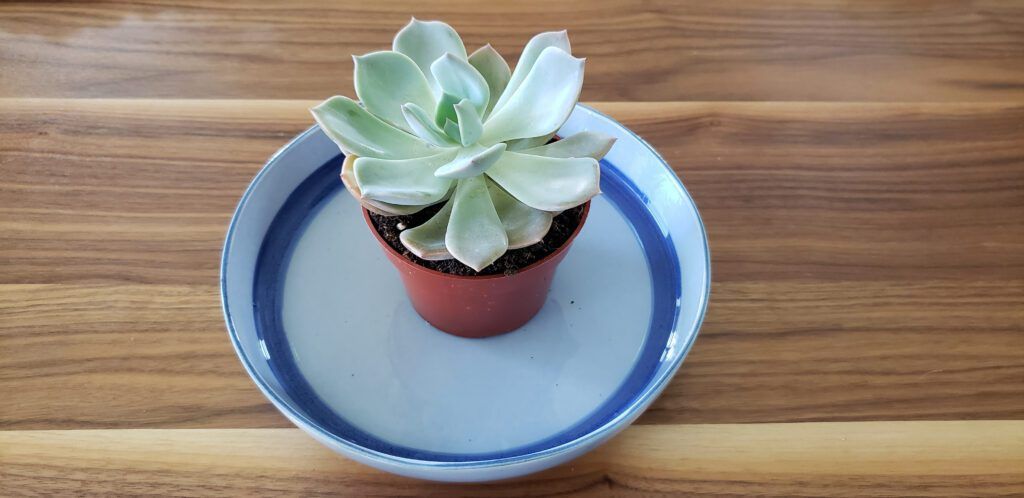
Bottom watering is a great way to avoid overwatering your houseplants. When you place a potted plant in a bowl of water (for about 15 minutes), your houseplant will absorb the water from the bottom up. This gives the lower roots plenty to drink while also avoiding overwatering.
Fertilizing
When to Fertilize Houseplants?
Deciding when to nourish your plants with fertilizer is one of the trickiest parts of taking care of a houseplant. After watering your plants over and over again, the nutrients in your soil will begin to dissipate. When that happens, you will more than likely see slowed or stagnate growth from your plants. If you haven’t noticed the plant’s development, try looking up its growth cycle. Each houseplant will have different growth patterns which vary based on the season.
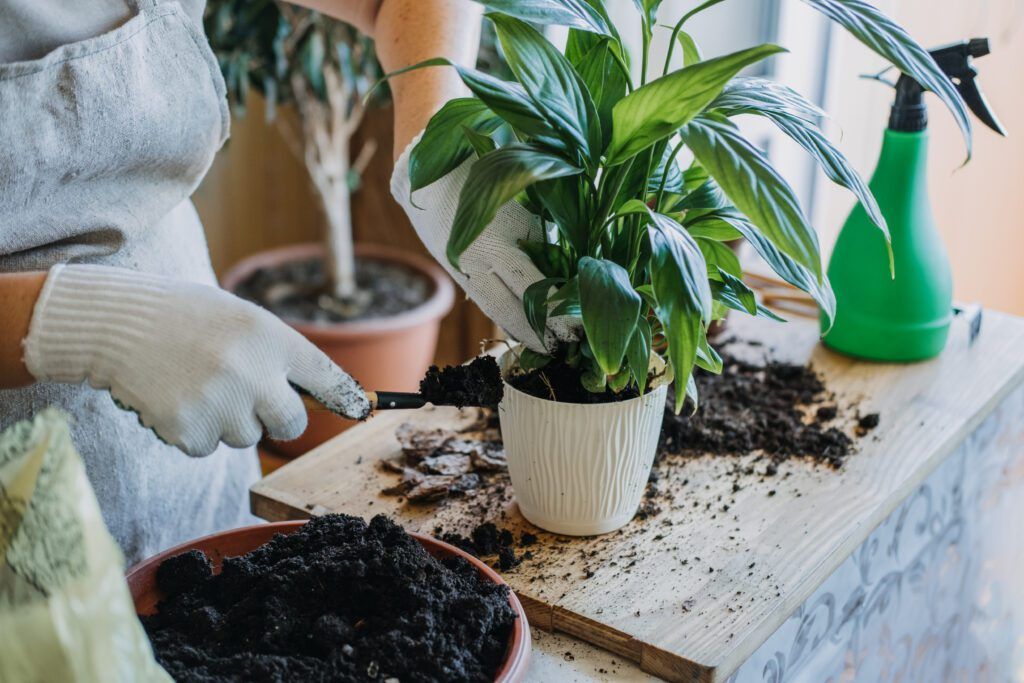
What’s the Best Fertilizer for Houseplants?
When starting your houseplant journey, keep it simple in the fertilizer department. In general, organic and slow-release fertilizers are the best for your houseplants. You’ll want to pick a general-purpose and indoor plant fertilizer.
Every houseplant requires different nutrients, but you can’t go wrong with the basics. Focus on your essential macronutrients: nitrogen (N) to help their leaves grow, phosphorous (P) to aid your roots to grow, and potassium (K) to help support blooming.
Pruning & Support
How to Prune Houseplants?
To prune a houseplant, it’s essential to know your plant’s growth pattern. Typically, plants grow from buds at the end of a stem. Look at your houseplant’s structure and determine what areas need more growth. From there, use pruning shears to cut right before the leaf node. It’s important to note not all houseplants need to be trimmed. Make sure to research your plant’s needs before you get started.
When to Prune Houseplants Now you might be wondering, “why do I need to prune my houseplants?” Pruning helps to encourage new growth! When you snip off buds or stems, leaves and flowers can grow back with even more ferocity! Typically, you should prune houseplants at the beginning of a growing season, which is usually right after your plants have finished flowering.
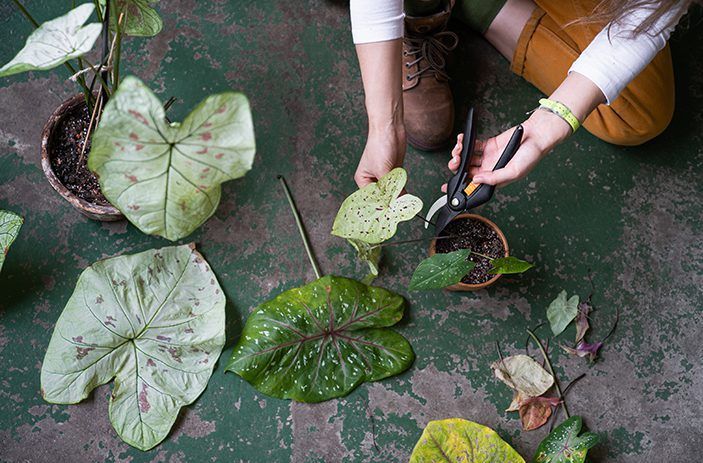
How to Support Houseplants?
As your houseplants grow, it’s important to keep your plants shooting up long and tall. Use VELCRO® Brand Garden Ties to support their growth. As a softer and gentler tie for stems, they can be cut to size and adjusted as your plant grows. To use the ties, simply start by driving a stake into the pot near your plant (we’d recommend using wood or bamboo). Then loosely wrap VELCRO® Brand Garden Ties around the plant stem and the stake.
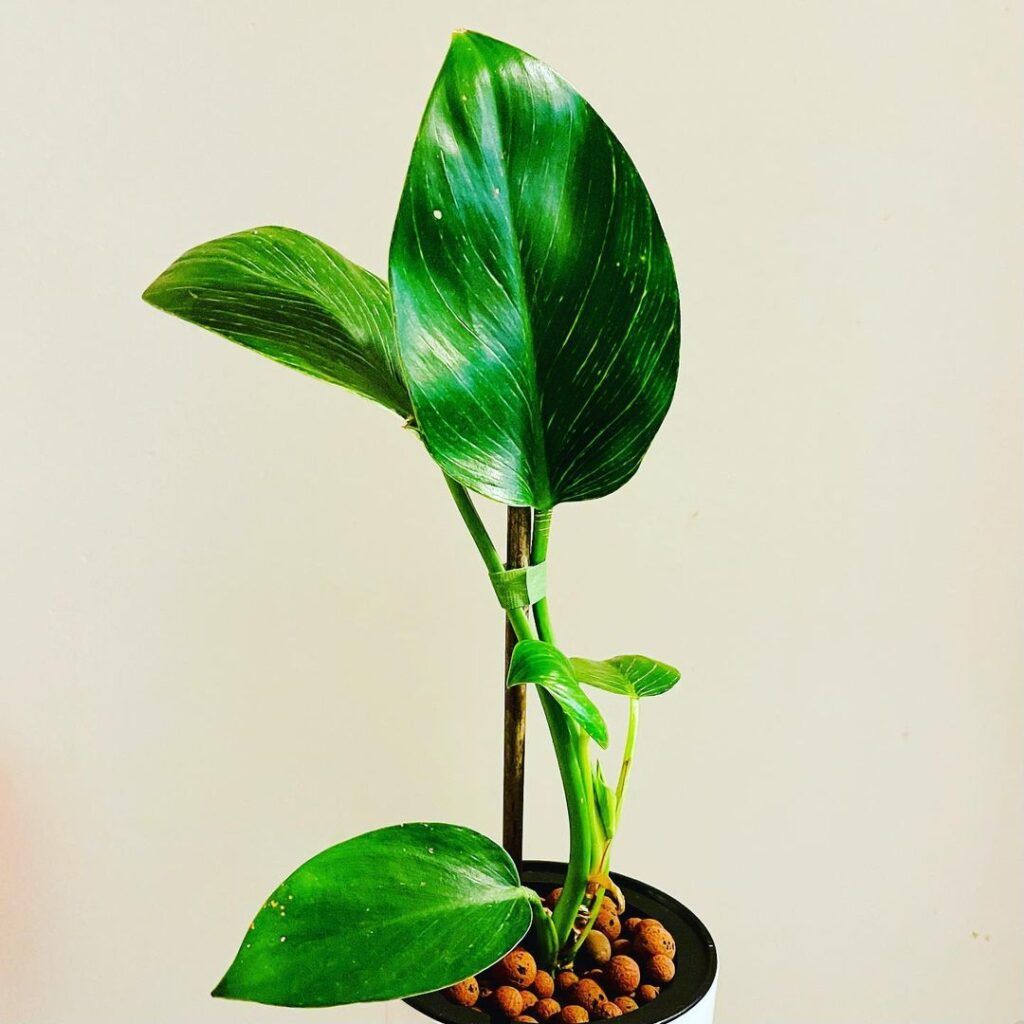
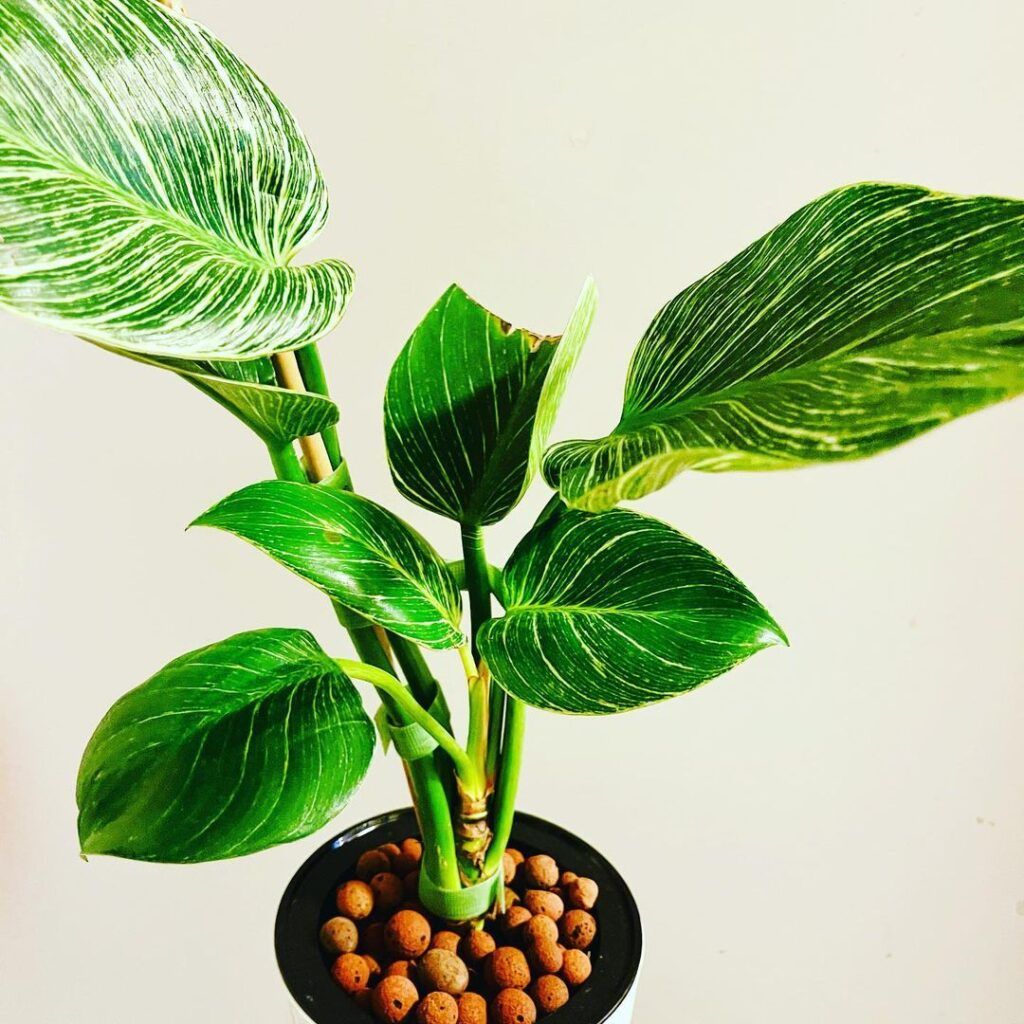
With this complete guide to houseplants for beginners, you are ready to be a plant parent! We can’t wait to see how you do. Don’t forget to tag us @VELCROBrand so we can see your great work!
Ready to pick out your plants? Check out our top 5 best houseplant recommendations > >
